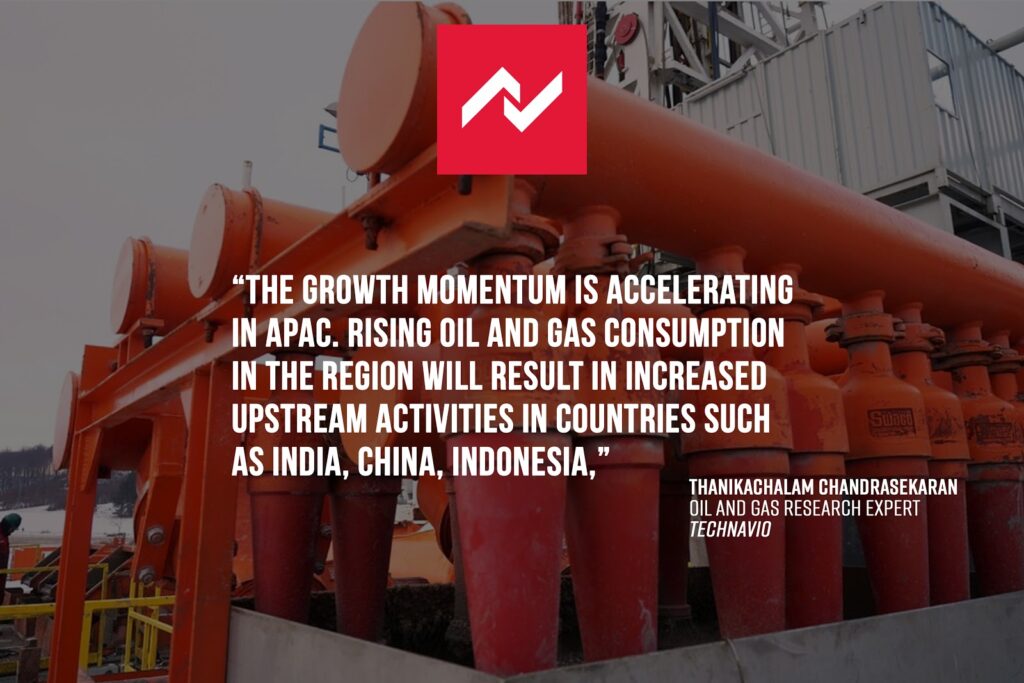With OPEC Cutting Production To Affect Global Oil Prices, U.S. Shale Oil Gets A Boost In India
The Organization of the Petroleum Exporting Countries (OPEC) and its partners— including Russia—have agreed to cut oil production by 2 million barrels of oil per day. This scheme, largely to keep the producers from a budget deficit, will increase the barrel price for crude. While Kuwait and Qatar are able to break-even for their oil production at $47 US a barrel, this is not the case for the entire region.
In their regional economic outlook, the International Monetary Fund (IMF) stated that the Saudi break-even price is higher, at $73 US per barrel. Cutting production should increase the demand and price for Saudi crude. The Asian-Pacific region (APAC) already has a high demand for oil. The continuous rise of consumption and demand in these countries points to an even higher demand in the future.
“The growth momentum is accelerating in APAC. Rising oil and gas consumption in the region will result in increased upstream activities in countries such as India, China, Indonesia,” says Thanikachalam Chandrasekaran, a leading oil and gas research expert from Technavio.
That will likely lead to a big opportunity for America in the shale oil industry.
In 2016, OPEC delivered 14.5 million barrels a day to the East; they project sending 22 million barrels each day by 2040. India, the world’s third largest importer of oil, only just opened its doors to American exports this year. The Indian Oil Corp and Bharat Petroleum Corp Ltd have each purchased a pair of shipments. The Hindustan Petroleum Corp Ltd is also looking at American options. To diversify its crude strategy, Indian Oil Corp purchased its first shipment of U.S. shale oil in August. The state-run corporation has government approval to buy one shipload of U.S. oil every month for the next six months. Reliance Industries in Mumbai has also booked one million barrels of both Eagle Ford and West Texas Intermediate Crude.
Why India, Why Now?
The United States ended its nearly 40 year ban on oil exports in 2016, when shale oil disrupted the American supply. The worries of another OPEC embargo like the one in the 1970s are a distant memory. With the changed geopolitical climate, and the surplus of American oil, the export ban was lifted. American crude poured into Europe almost immediately. Because infrastructure prevented the transportation of oil across the Pacific, India and the Eastern Asian companies were not immediately considered.
Considering the geographic proximity of India and the other APAC countries to the countries of the Middle East, it is easy to understand why OPEC-produced oil dominates the region. India’s growing need for oil meant OPEC could – and in fact, did – charge a premium price for oil supplied to India. For the past three years, OPEC has been charging a rate higher than normal, something India has been lobbying to see reduced. Now, as OPEC countries have agreed to cut production to increase prices through 2018, American oil has become a more viable option. Also, tight shale oil is preferable to Middle Eastern, higher-sulfur oils for the more lucrative, middle-distillates. American shale oil is not only cheaper than OPEC’s, creating these desirable, higher-priced distillates will improve Indian refineries’ profit margins.
Will The Market Continue?
Sure, 1,500 million barrels of American shale oil is a drop in the bucket compared to India’s present demand. But consider that when the American markets opened in 2016, India – and the rest of the Asian-Pacific region – was not considered a viable customer. Are these American trade deals a move to reduce the OPEC premiums? Or is there value in buying a lower sulfur product from a region that has more political stability? Only time will tell, but many indications point to the latter.
The current American president’s desire to reduce trade deficits may also make these deals more popular in India. The current deficit with India sits at around $24 billion (US). Massive shale oil purchases would be favorable in bringing that deficit down. With a lower trade deficit, attacks from the administration about losing American jobs would undoubtedly be reduced.
The likelihood that OPEC will continue depressing its production to stimulate higher prices favor cheaper, better American shale oil. The current political climate adds to favorable conditions for the Indian market, and as their overall oil demand grows, it stands to reason that US exports will look even better.










